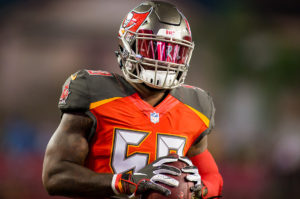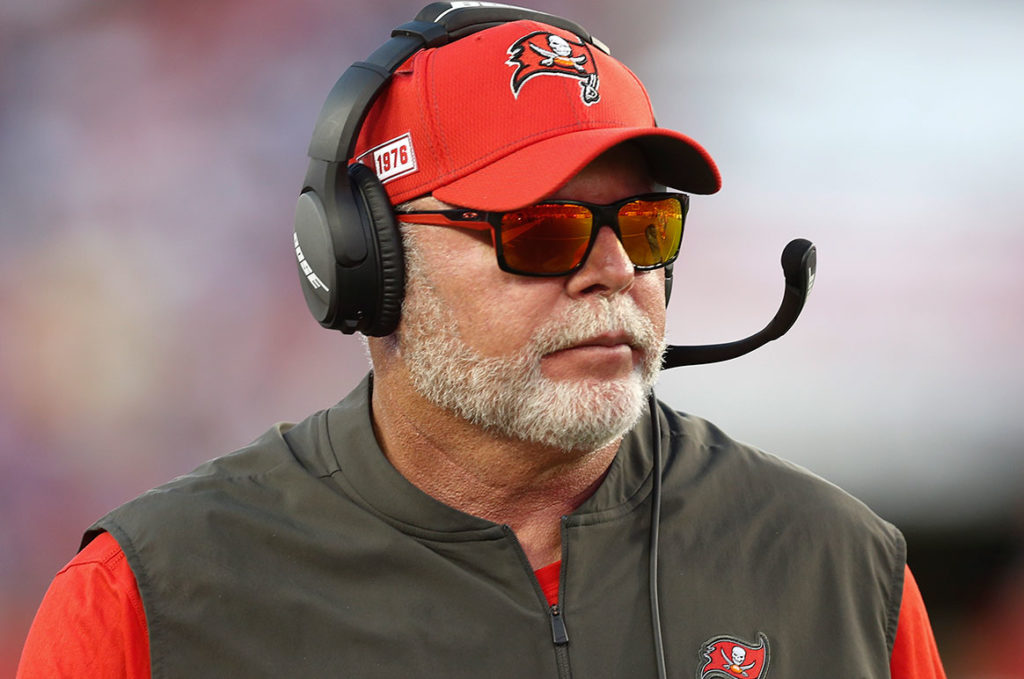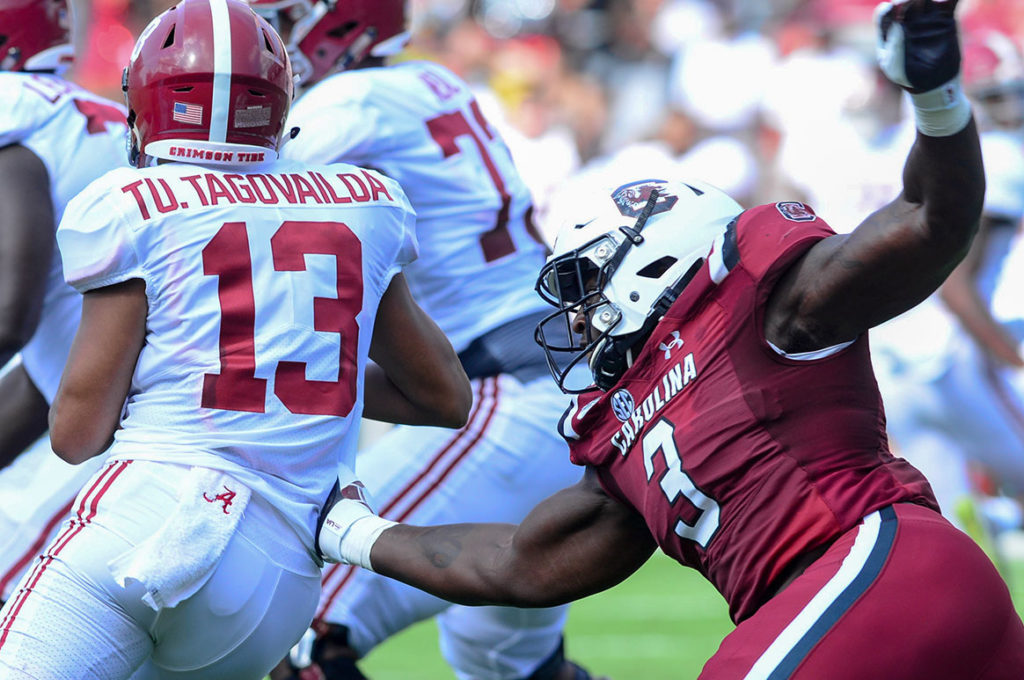When the Tampa Bay Buccaneers cut linebacker Deone Bucannon, a free agent signee from March, on October 9, the team did so expecting to receive a third-round compensatory pick in the 2020 NFL Draft.
Bucannon’s release gave the Bucs one fewer free agent signing than the team lost during the offseason, and due to linebacker Kwon Alexander signing a four-year, $54 million contract with San Francisco in the offseason, Tampa Bay seemed poised to receive the highest compensatory pick awarded each year, which is a third-rounder.

Former Bucs MLB Kwon Alexander – Photo by: Cliff Welch/PR
But when Alexander, a fourth-round pick by the Bucs in 2015, tore his pectoral muscle and missed the last eight games of the season, it reduced the impact of his signing by San Francisco, and thus affected the compensatory draft pick Tampa Bay would receive.
The Bucs now believe that they will receive a fourth-round pick in 2020 for losing Alexander.
The NFL’s official formula for awarding compensatory is shrouded in mystery, as even NFL clubs don’t know exactly how the league determines which round to dish out compensatory picks to teams. Generally speaking, compensatory picks are awarded to teams that lose more free agents than they sign, with playing time, salary and honors that the players that the team lost in free agency receive being the biggest determining factors.
Tampa Bay did not receive a compensatory draft pick last year, and has been awarded just two since the 2011 NFL Draft. The last time the Bucs received a compensatory draft pick was in 2018, which was a seventh-round selection.
The Bucs only have six draft picks this year, sending their seventh-round pick to Philadelphia along with wide receiver DeSean Jackson in exchange for the Eagles’ sixth-round pick last year. So a compensatory pick this year would give Tampa Bay seven selections in the 2020 NFL Draft.
The league typically announces the compensatory picks it has awarded to teams during the last week of February before the NFL Scouting Combine in Indianapolis.
Scott Reynolds is in his 30th year of covering the Tampa Bay Buccaneers as the vice president, publisher and senior Bucs beat writer for PewterReport.com. Author of the popular SR's Fab 5 column on Fridays, Reynolds oversees web development and forges marketing partnerships for PewterReport.com in addition to his editorial duties. A graduate of Kansas State University in 1995, Reynolds spent six years giving back to the community as the defensive coordinator/defensive line coach for his sons' Pop Warner team, the South Pasco Predators. Reynolds can be reached at: [email protected]




